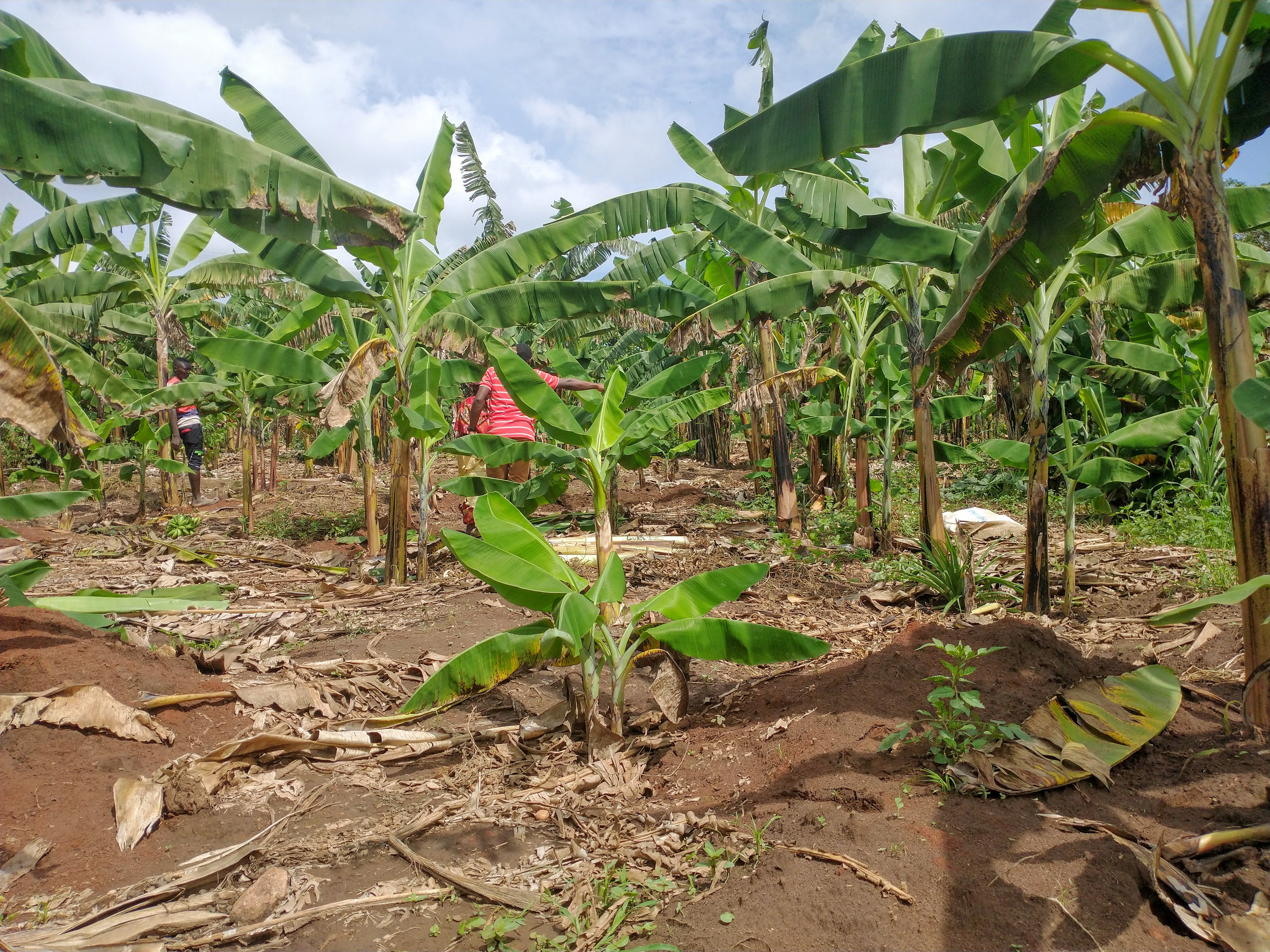Can Television Deliver Effective Agricultural Information in Uganda?

Researchers are measuring the impact and cost-effectiveness of a farming television program in diffusing recommended agricultural techniques to farmers to increase productivity.
The adoption of new agricultural technologies and improved farming practices are key elements of structural transformation and drivers of increased agricultural productivity. Yet traditional modes of agricultural information service delivery (e.g., in-person extension services) are often inaccessible for small-scale farmers across Sub-Saharan Africa. This is especially germane in Uganda, where a wide gap between the availability of extension agents and the number of farmers (1 agent for 5000 farmers) exists, making traditional extension difficult to increase productivity. Women farmers—who account for over half of the agricultural labor force—are at a particular disadvantage, as they are half as likely as men to access public extension services and manage plots that are 30 percent less productive within the same household.1
There is a national rollout of a “makeover style” reality television program in Uganda that focuses on farming as a business. The program helps to guide small-scale farmers on a range of agricultural topics in an engaging, yet informative, way. Television may be effective in delivering agricultural information and extension to farmers because it is easy to scale at low cost compared to in-person extension programs and it is well-suited in cases that require visual demonstration (e.g., farming practices). TV may also be a particularly useful medium to mitigate gender gaps in access and effectiveness of traditional extension services, to the extent that TV viewership is less gender-imbalanced than access to other services.
Researchers are conducting a randomized evaluation to assess the impact and cost-effectiveness of the farming television program in diffusing recommended agricultural techniques to farmers to increase productivity. A total of 3,738 farming households across ten districts in the Central Region of Uganda have been randomly selected to either watch the farming television program, watch a competing television program at the same time, or receive the same farming information as the television program through text messages only.
Results will be available later in 2024.
Sources
1 Ali, D., Bowen, D., Deininger, K., & Duponchel, M. (2016). Investigating the gender gap in agricultural productivity: Evidence from Uganda. World Development, 87, 152-170.











